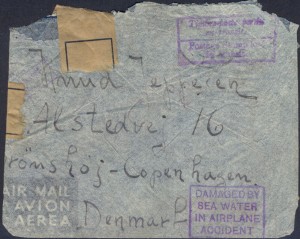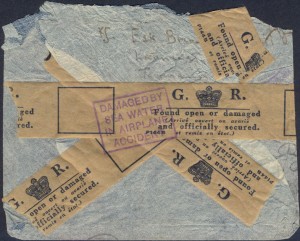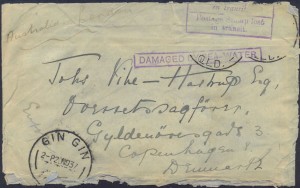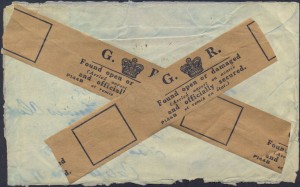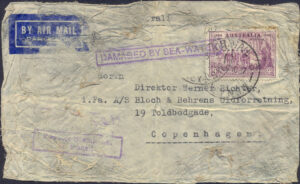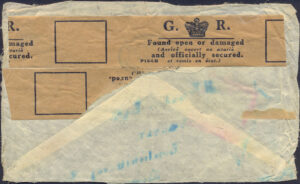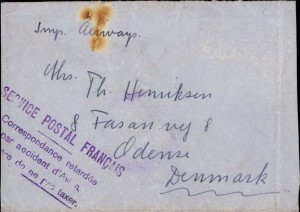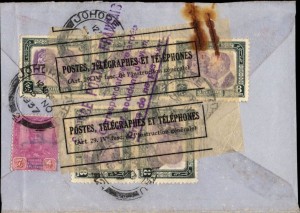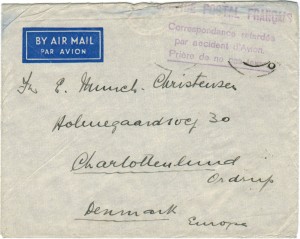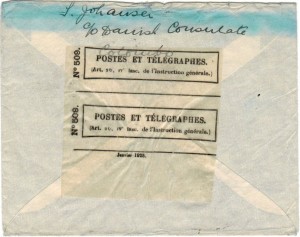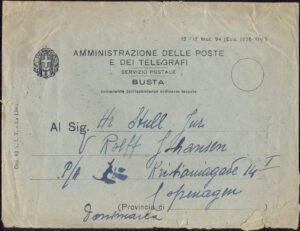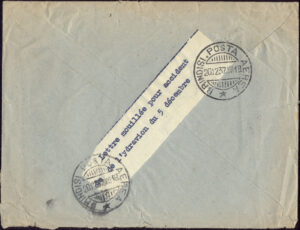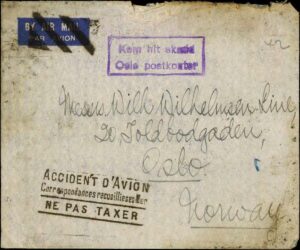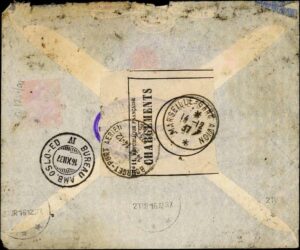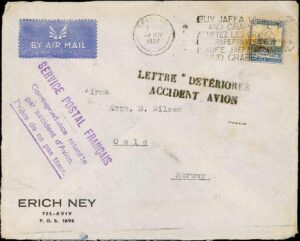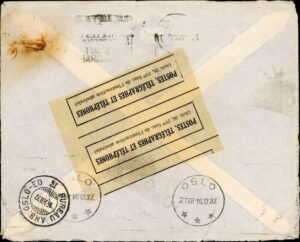| Crash site | Brindisi, Italy |
| Airline | Imperal Airways |
| Aircraft | Short S.23 Empire Flying Boat – G-ADUZ – Cygnus |
| Route | Karachi – Basra – Brindisi – Southampton |
| Crew | 6 – 5 survivors |
| Passengers | 18 – 17 survivors |
The crash
The plane took off from Brindisi Harbour in the morning at 08:30. The captain inadvertently set the flaps fully down which caused the aircraft to bounce off the water. It dropped with a splash, bounced up again and after rising 20 to 30 feet, it dropped nose down and the airplane overturned and sank. Later the wreck was salvaged and brought to the quayside at Brindisi to be scrapped.
The mail
All the mail consisting of 100 mailbags with a total of around 120.000 postcards and covers was recovered. Some of the mail spent over a week in the water and the condition was much watersoaked, but only a very little portion was undeliverable.
Much of the mail was flown from Brindisi to England by a relief plane. Here the mail was handled at the G.P.O. in London. According to a newspaper notice “All the loose stamps are sent to the Returned Letter Section where they are preserved for 6 months before being sold. Anyone receiving a stamplesss letter marked “Damaged by Sea Water” may apply there for the missing stamp – or one like it”.
Sanford states that “mail to European countries other than England was sent by the Brindisi Post Office to Paris by train, where it was redistributed to the various destinations. Some covers were backstamped “BRINDISI POSTA AEREA”. This is not quite correct. I have recorded 5 covers addressed to Denmark. Two were forwarded via Paris while the other three were forwarded via London.
Many varieties of crash markings has been recorded (handstamps, labels and explanation letters). I have recorded 7 Nordic items – 5 to Denmark and 2 to Norway.
A.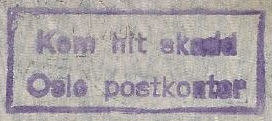
Norwegian handstamp.
Violet.
Size: ?
Translation:
Arrived here damaged.
B.
British handstamp.
Violet.
Size: 33 x 23 mm.
C.
British handstamp.
Violet.
Size: 62 x 7 mm.
D.
British handstamp.
Violet.
Size: 43 x 10 mm.
E.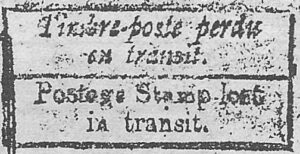
British handstamp.
Violet.
Size: 42 x 21 mm.
Text in French and English.
F.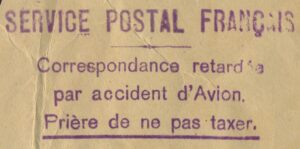
French handstamp.
Violet.
Size: 68 x 28 mm.
Translation:
FRENCH POSTAL SERVICE
Mail delayed by plane crash.
Please do not tax.
G.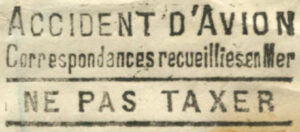
French handstamp.
Black.
Size: 52 x 22 mm.
Translation:
Plane Crash
Mail salvaged from sea
DO NOT TAX
H.
French handstamp.
Black.
Size: 60 x 11 mm.
Translation:
DAMAGED LETTER
PLANE ACCIDENT
I.
Italian label.
Size textblock: 75 x 11 mm.
Translation:
Water soaked letter from flying boat accident on 5 December.
J.
British resealing label.
Black text on brown paper.
K.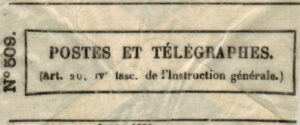
French resealing label.
Black text on transparent paper.
L.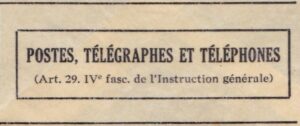
French resealing label.
Black text on transparent paper.
Examples of mail
